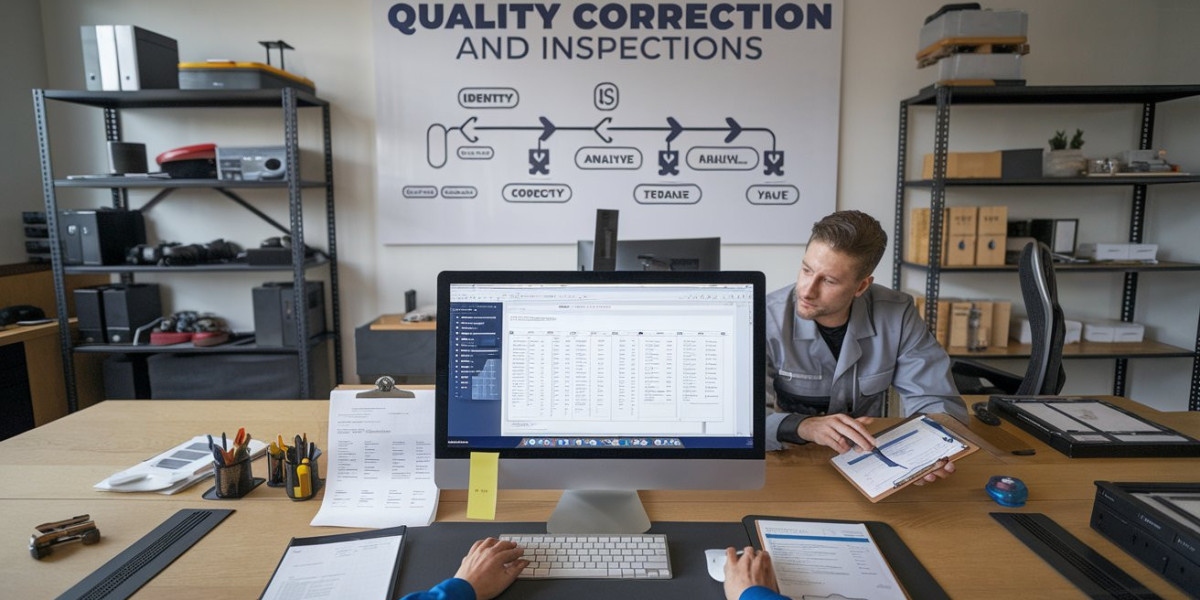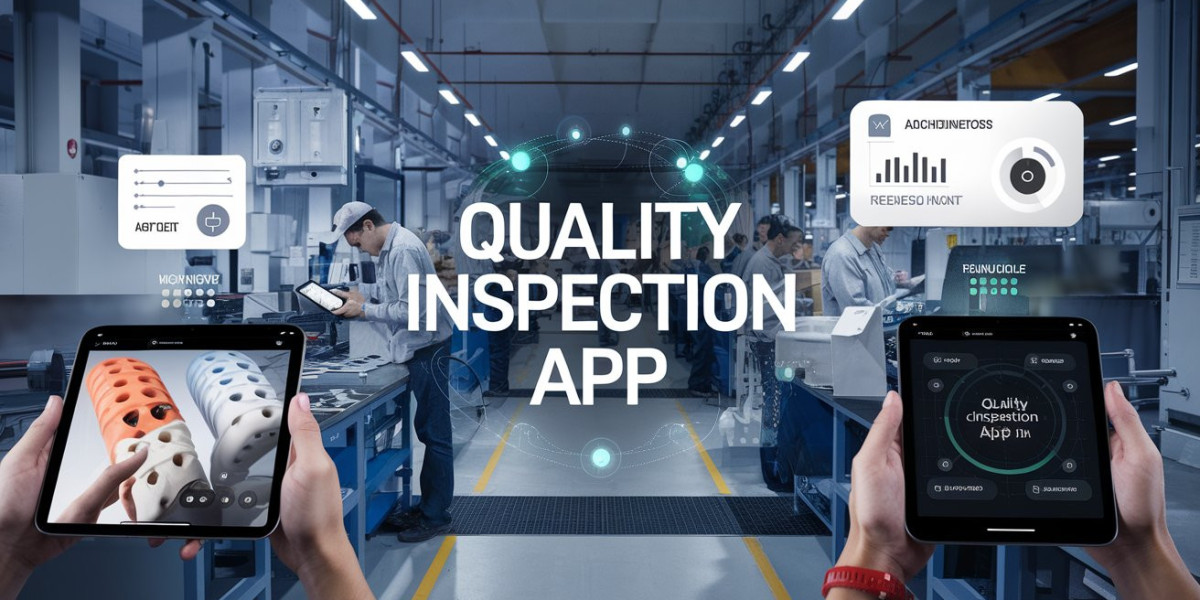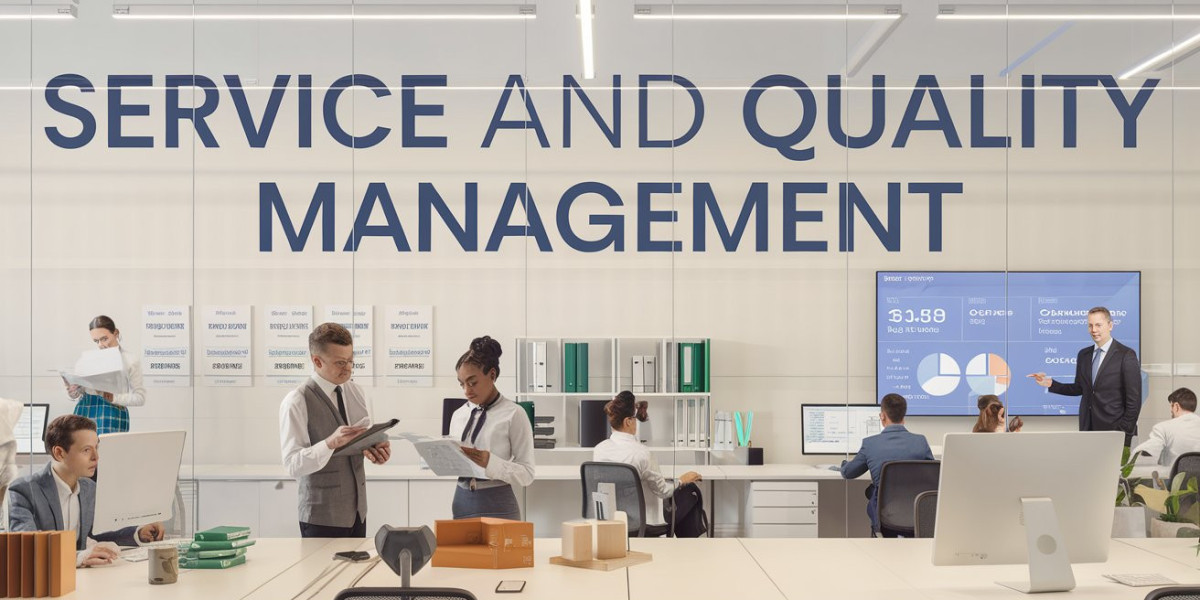In today's competitive economy, quality is not simply a selling factor; it is a requirement. Businesses across industries are prioritizing quality corrections and inspections as critical steps in producing products that meet high standards and please customers. Here's how firms can successfully integrate these procedures to maintain consistent product quality.
Understanding Quality Corrections and Inspections
Quality Inspections involve examining and assessing products at various stages of the manufacturing or service process. Inspections identify defects, deviations from standards, and other issues before the product reaches the customer.
Quality Corrections, on the other hand, involve steps taken to address any issues identified during inspections. This may include adjustments, repairs, or modifications to meet quality standards.
Together, these practices form a feedback loop that helps companies improve their processes and reduce defects over time.
Key Types of Quality Inspections
Pre-production Inspections
Before production begins, materials and components are checked for adherence to quality standards, reducing risks and ensuring consistency.In-line Inspections
These inspections occur during the production process. By catching defects early, companies can address issues on the spot, which helps maintain productivity and reduce wastage.Final Inspections
Performed at the end of production, final inspections verify that products are ready for the market. This is a last line of defense to catch any missed issues.Random Inspections
Random inspections are conducted without a set schedule, providing an unbiased snapshot of quality. This method is useful for identifying recurring or unexpected issues.
Steps for Effective Quality Corrections
Root Cause Analysis
Identifying the root cause of quality issues is essential to prevent them from recurring. Methods like the 5 Whys or Fishbone Diagram can help diagnose underlying problems.Standardize Corrective Actions
Creating a set of corrective procedures ensures that similar issues are addressed consistently. Standardization also makes it easier to train new team members and maintain quality over time.Document and Review
Documentation is critical. Each corrective action should be logged, including the issue, the corrective steps taken, and the final outcome. Regular review of this documentation helps identify patterns and improve processes.Continuous Improvement
The process of quality corrections should evolve. Regular feedback, data analysis, and process adjustments are essential for ongoing quality improvements.
Tools and Technologies for Quality Corrections and Inspections
Modern technology provides a range of tools to streamline inspections and corrections:
- Digital Checklists: Standardize inspections with customizable digital checklists, ensuring consistency across teams and locations.
- Mobile Inspection Apps: Capture and store data in real time, helping teams address issues faster.
- AI and Machine Learning: Use data analytics to predict potential defects, enabling proactive quality control.
- Automated Quality Management Systems (QMS): Track quality issues, corrective actions, and document revisions to maintain accountability.
The Benefits of Consistent Quality Inspections and Corrections
Effective quality inspections and corrections provide several benefits:
- Improved Customer Satisfaction: Higher quality products lead to happier customers and stronger brand loyalty.
- Reduced Costs: By catching defects early, companies save on potential recalls, replacements, and lost sales.
- Enhanced Efficiency: Streamlined processes and fewer interruptions due to quality issues increase overall productivity.
- Regulatory Compliance: Many industries have strict quality regulations, and consistent inspections help ensure compliance.
Quality corrections and inspections are critical parts of any quality assurance approach. Companies may ensure that their products meet the highest standards by conducting rigorous inspections, responding quickly to complaints, and using contemporary techniques. This dedication to quality not only increases client pleasure but also strengthens the company's standing in the market.







